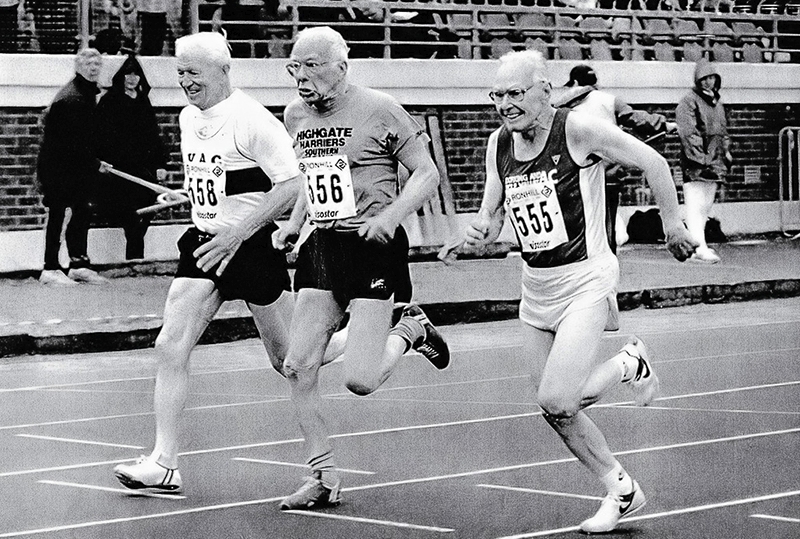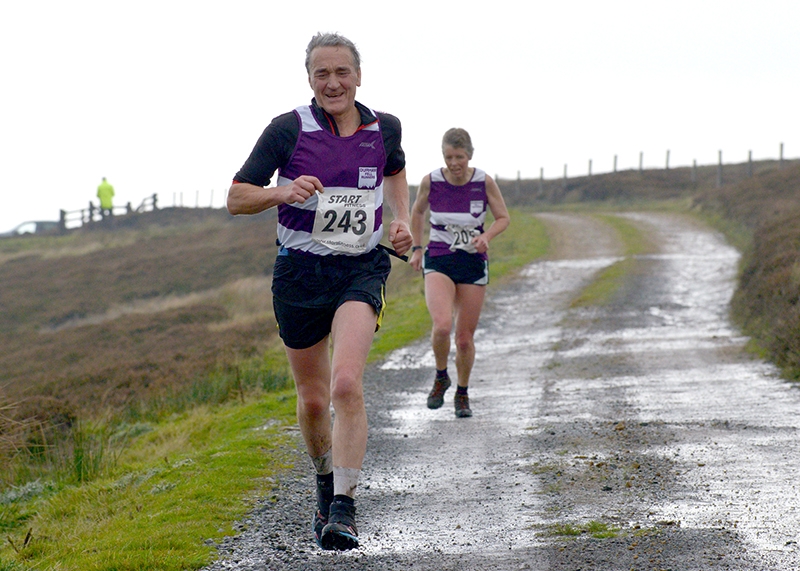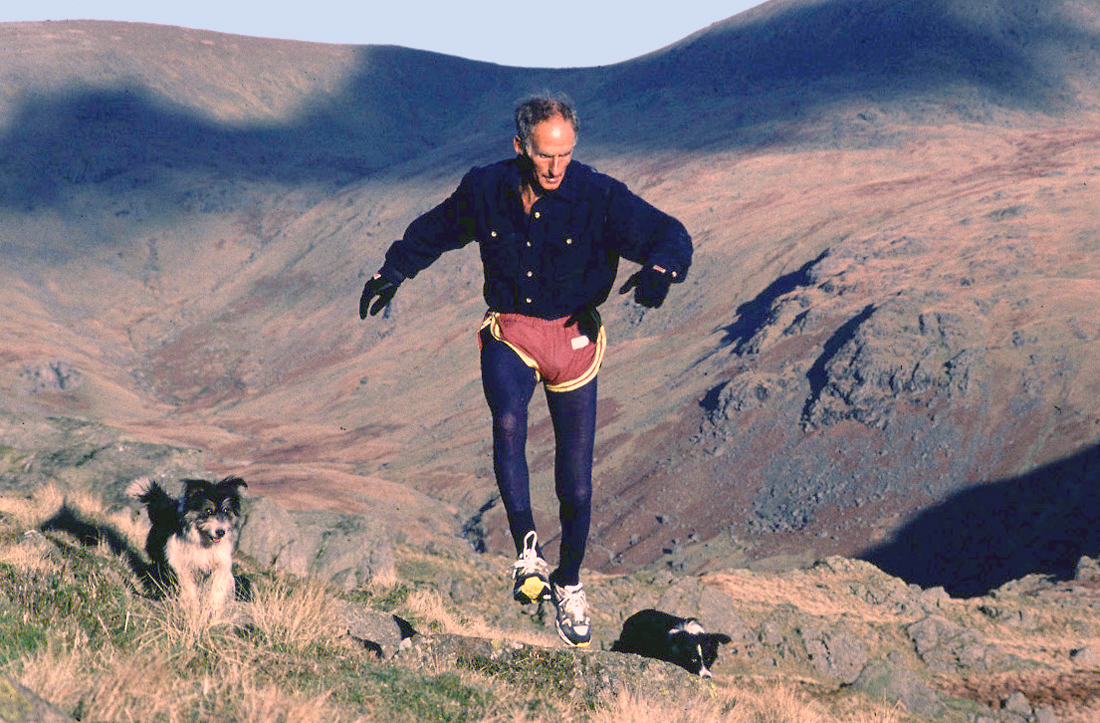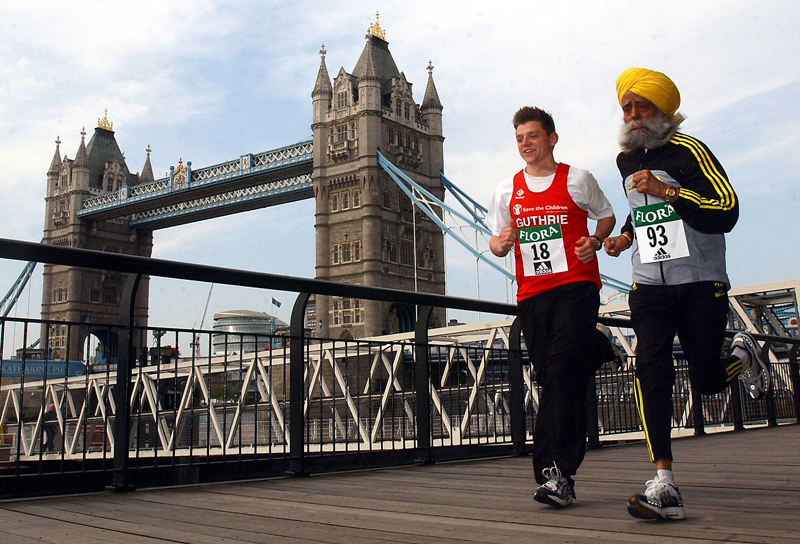You are viewing 1 of your 1 free articles. For unlimited access take a risk-free trial
Ageing and joint health: good news for older athletes
 The widespread popularity of running as an endurance sport is hardly surprising. There’s no need to faff about buying or setting up expensive equipment or spend hours getting to and from the pool. Just pop on the running shoes, step out of the front door and your workout has begun. Any time, any place, any weather, you really can always run. Apart from all these benefits, many people also discover that there’s an inherent freedom and simplicity about running. Once hooked most runners never look back.
The widespread popularity of running as an endurance sport is hardly surprising. There’s no need to faff about buying or setting up expensive equipment or spend hours getting to and from the pool. Just pop on the running shoes, step out of the front door and your workout has begun. Any time, any place, any weather, you really can always run. Apart from all these benefits, many people also discover that there’s an inherent freedom and simplicity about running. Once hooked most runners never look back.One undeniable downside however is the potential for injury. Unlike cycling and swimming, running is unforgiving of any biomechnical imperfections, which can easily lead to acute and more chronic lower limb problems, such as knee injury. In the longer term, there’s been much speculation that older runners who may have suffered repeated and/or chronic injuries are much more like to develop osteoarthritic damage to joints, particularly to the hip and knees. Indeed, this is a common reason why many runners switch to cycling in later years. However, if you’re an older runner who is reluctant to hang up the running shoes, recent research on masters runners makes for encouraging reading.
Research on masters joint health
Although there are studies suggesting years of distance running (eg marathon) can increase the risk of osteoarthritis in later years, the evidence that it contributes to hip and knee arthritis is far from conclusive. With that in mind, researchers have looked at hip and knee health in active marathon runners, including the prevalence of pain, arthritis, arthroplasty (surgical reconstruction), and associated risk factors.In one large study published earlier this year, a hip and knee health survey was distributed internationally to 675 marathon runners (average age of 48 years) who had completed at least five marathons and who were still currently running a minimum of ten miles per week [J Bone Joint Surg Am. 2018 Jan 17;100(2):131-137]. The questions assessed pain, personal and family history of arthritis, surgical history, running volume, personal best times, and current running status. The results were then number crunched to try and identify the risk factors for pain and arthritis – ie to determine how much of this risk (if any) was due to running activity. The key findings were as follows:
- On average, the runners surveyed had been running for 19 years and had completed 76 marathons.
- The average distance run per week for the group as a whole was 36 miles, but with individual runners ranging from ten to 150 miles per week.
- Hip or knee pain was reported by 47% of the marathon runners, while arthritis was reported by 8.9% (less than half the rate of matched sedentary adults (matched for age, gender, BMI) in the general population.
- Increasing age and a family history of surgery for arthritic conditions were independent risk factors for arthritis in the runners. However, there was no significant risk associated with running duration, running intensity, weekly mileage, or the number of marathons completed.
Implications for older runners
These results are surprising. Although age, family history, and surgical history independently predicted an increased risk for hip and knee arthritis in active marathoners, there was no correlation with running history. Indeed, the arthritis rate of these active marathoners was below that of rates in the general population. One possible explanation is that there was a degree of self-selection in the subjects – ie marathon runners prone to arthritic conditions are likely to drop out of marathon running completely, which means that any sample of marathon runners is skewed. However, this would not explain why in this study, rates of arthritis were lower than in the general population. We know that excess body mass is a big risk factor for arthritis so it could be that by keeping body mass low, running helps protect against this condition. Overall though, we can conclude that there’s little evidence that running high mileages for many, many years predisposes runners to arthritis.Practical suggestions for masters runners
- The most important factors for avoiding a running injury is to ensure your shoes are matched to your biomechanical needs and that your training load in any given week does not exceed the weekly total averaged over the previous month by more than 25%.
- If you’re an older runner, pay more attention to recovery, especially after unusually hard or long efforts.
- Older runners may want to consider using natural anti-inflammatory products/supplements such as turmeric, tart cherry and joint health products such as chondroitin and glucosamine.
Newsletter Sign Up
Testimonials
Dr. Alexandra Fandetti-Robin, Back & Body Chiropractic
Elspeth Cowell MSCh DpodM SRCh HCPC reg
William Hunter, Nuffield Health
Newsletter Sign Up
Coaches Testimonials
Dr. Alexandra Fandetti-Robin, Back & Body Chiropractic
Elspeth Cowell MSCh DpodM SRCh HCPC reg
William Hunter, Nuffield Health
Keep up with latest sports science research and apply it to maximize performance
Today you have the chance to join a group of athletes, and sports coaches/trainers who all have something special in common...
They use the latest research to improve performance for themselves and their clients - both athletes and sports teams - with help from global specialists in the fields of sports science, sports medicine and sports psychology.
They do this by reading Sports Performance Bulletin, an easy-to-digest but serious-minded journal dedicated to high performance sports. SPB offers a wealth of information and insight into the latest research, in an easily-accessible and understood format, along with a wealth of practical recommendations.
*includes 3 coaching manuals
Get Inspired
All the latest techniques and approaches
Sports Performance Bulletin helps dedicated endurance athletes improve their performance. Sense-checking the latest sports science research, and sourcing evidence and case studies to support findings, Sports Performance Bulletin turns proven insights into easily digestible practical advice. Supporting athletes, coaches and professionals who wish to ensure their guidance and programmes are kept right up to date and based on credible science.











